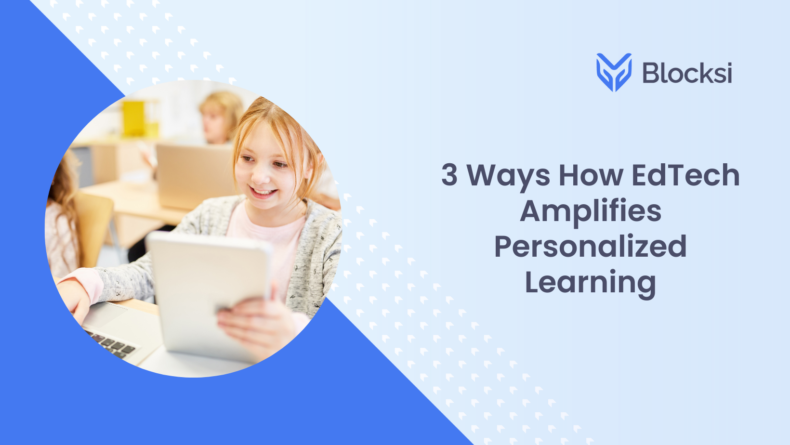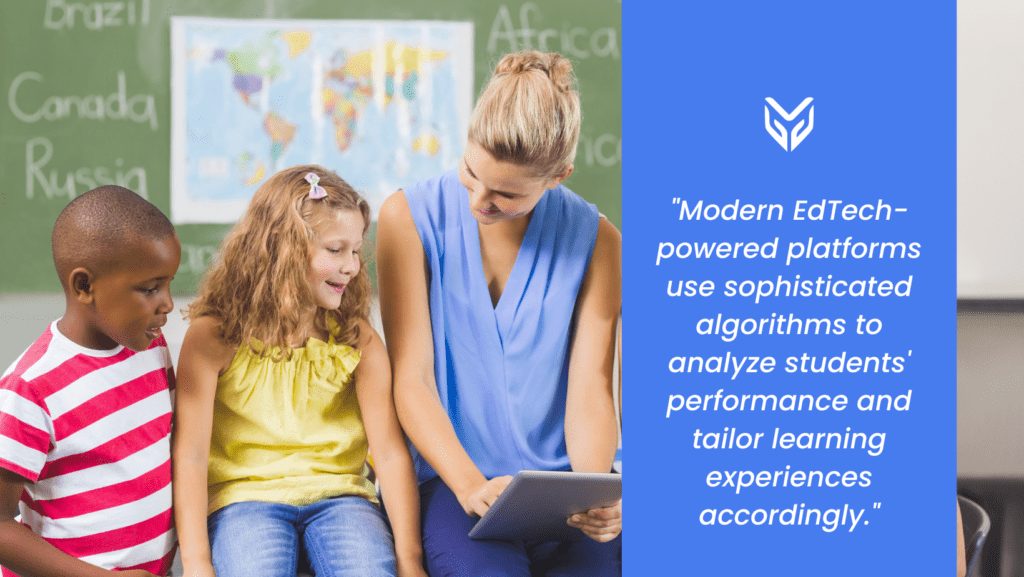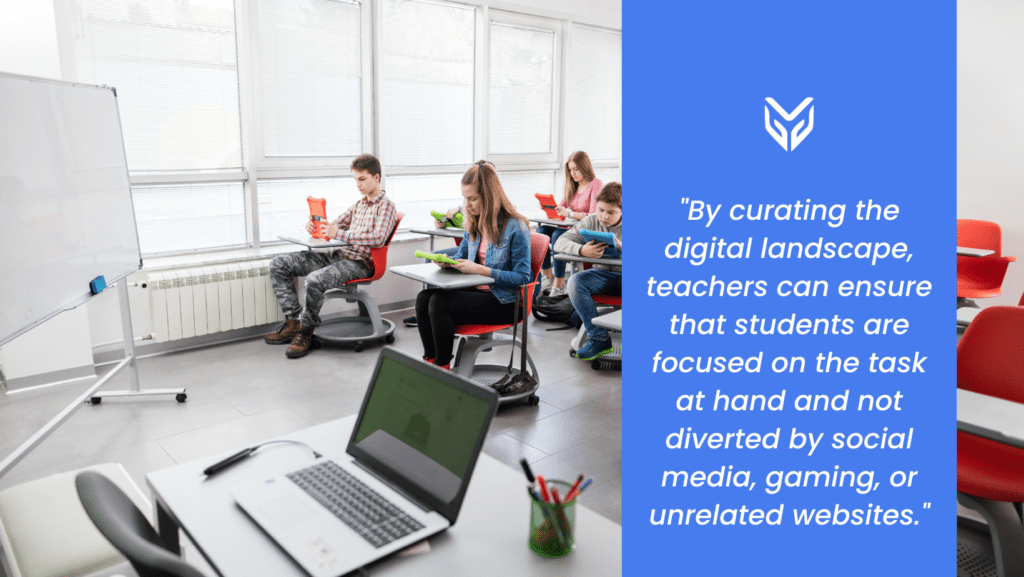NEWS
3 Ways How EdTech Amplifies Personalized Learning

In today’s dynamic educational environment, technology is pivotal in redefining conventional teaching methods and nurturing a more personalized learning experience. EdTech, short for Educational Technology, has risen as a potent ally, enabling educators to finely tailor their teaching methods to accommodate the unique requirements of each student. This shift toward customization fosters heightened engagement and ultimately leads to more favorable learning outcomes. This article will delve into three significant ways EdTech enhances personalized learning, revolutionizing the classroom dynamic for educators and learners.
1. Adaptive Learning Platforms: Nurturing Individual Growth
Today’s classrooms significantly differ from what classrooms used to look like. Modern EdTech-powered platforms use sophisticated algorithms to analyze students’ performance and tailor learning experiences accordingly. Adaptive learning considers each student’s strengths, weaknesses, and learning pace, ensuring they receive targeted support in real time.

Traditionally, educators faced the challenge of accommodating diverse skill levels within a single classroom. EdTech solutions tackle this issue by providing adaptive assessments that accurately gauge a student’s proficiency. Based on the assessment results, the platform automatically generates a personalized learning path, offering appropriate resources, practice exercises, and challenges. For instance, a student who excels in mathematics but struggles with grammar will receive customized lessons that focus on grammar improvement while allowing them to progress swiftly in math.
Furthermore, adaptive learning platforms engage students through interactive elements such as quizzes, simulations, and multimedia content. These elements enhance understanding and cater to various learning styles, ensuring educators can present information in a way that resonates best with each individual. Using adaptive learning platforms, they can foster a deeper understanding of subjects, boost students’ confidence, and ultimately elevate academic achievements.
2. Classroom Screen Monitoring: Cultivating Active Participation
In the traditional classroom setting, it can be challenging for teachers to gauge student comprehension in real-time. EdTech introduces an innovative solution through classroom screen monitoring, enabling teachers to keep a finger on the pulse of their students’ engagement and progress. Classroom screen monitoring software allows teachers to view students’ screens, track their activities, and provide instant feedback.

Such technology encourages active participation and minimizes distractions, as students know teachers are observing their actions. When students know their work is being monitored, they are more likely to stay on task, complete assignments, and participate in class discussions. Moreover, teachers can identify struggling students early on and intervene with targeted support, preventing learning gaps from widening.
Additionally, classroom screen monitoring enables educators to adapt their teaching strategies on the fly. If many students struggle with a particular concept, the teacher can swiftly adjust the lesson plan to address these challenges. Conversely, if the majority grasp a concept quickly, the teacher can expedite the curriculum, ensuring that each student remains engaged and challenged at an appropriate level.
3. Content Filtering: Curating a Distraction-Free Environment
The digital age has brought forth a wealth of information and resources, but it has also introduced a plethora of distractions that can hinder effective learning. EdTech tackles this issue by incorporating content filtering solutions that create a controlled, distraction-free digital learning environment.
Content filtering enables educators to restrict access to non-educational websites and applications during class time. By curating the digital landscape, teachers can ensure that students are focused on the task at hand and not diverted by social media, gaming, or unrelated websites. This enhances concentration and fosters a sense of responsibility and self-discipline among students.

Moreover, content filtering empowers educators to provide safe and secure online experiences. Ensuring a protected digital space is paramount due to the prevalence of inappropriate content and cyber threats. EdTech’s content filtering not only safeguards students from potential online risks but also promotes digital citizenship by educating them about responsible internet usage.
EdTech Is One of the Pillars of Personalized Learning
In conclusion, EdTech is driving a revolution in personalized learning through its diverse applications, such as adaptive learning platforms, classroom screen monitoring, and content filtering. By tailoring instruction to individual needs, fostering active participation, and curating a distraction-free environment, EdTech amplifies student engagement and achievement. As technology continues to evolve, educators have an ever-expanding toolkit at their disposal to create dynamic and compelling learning experiences.
SOURCES
[1] Learning Styles and the Role of Technology in Second Language Learning





